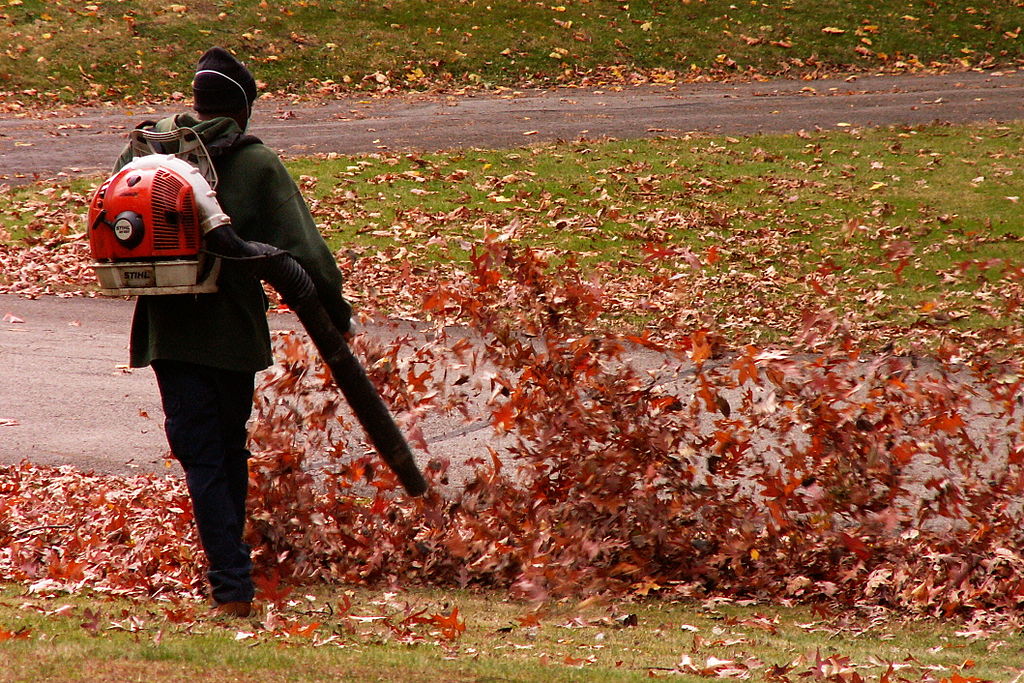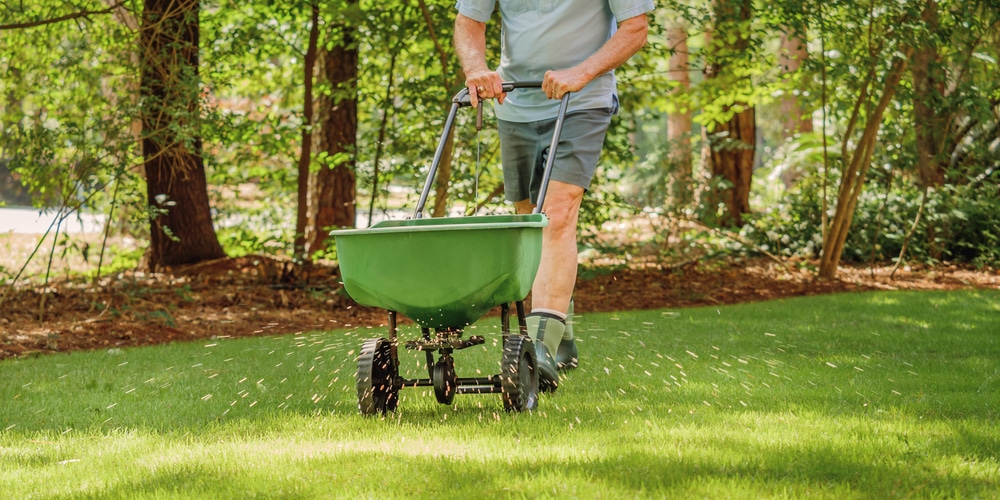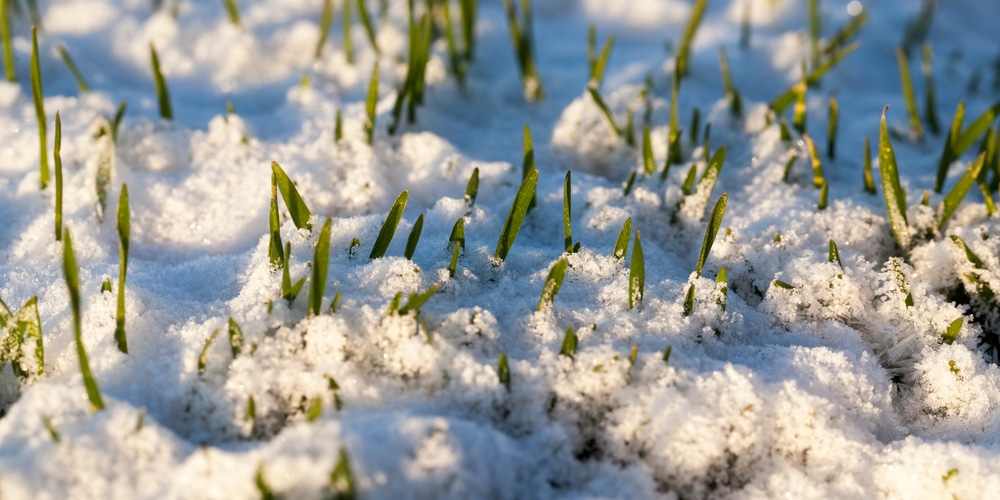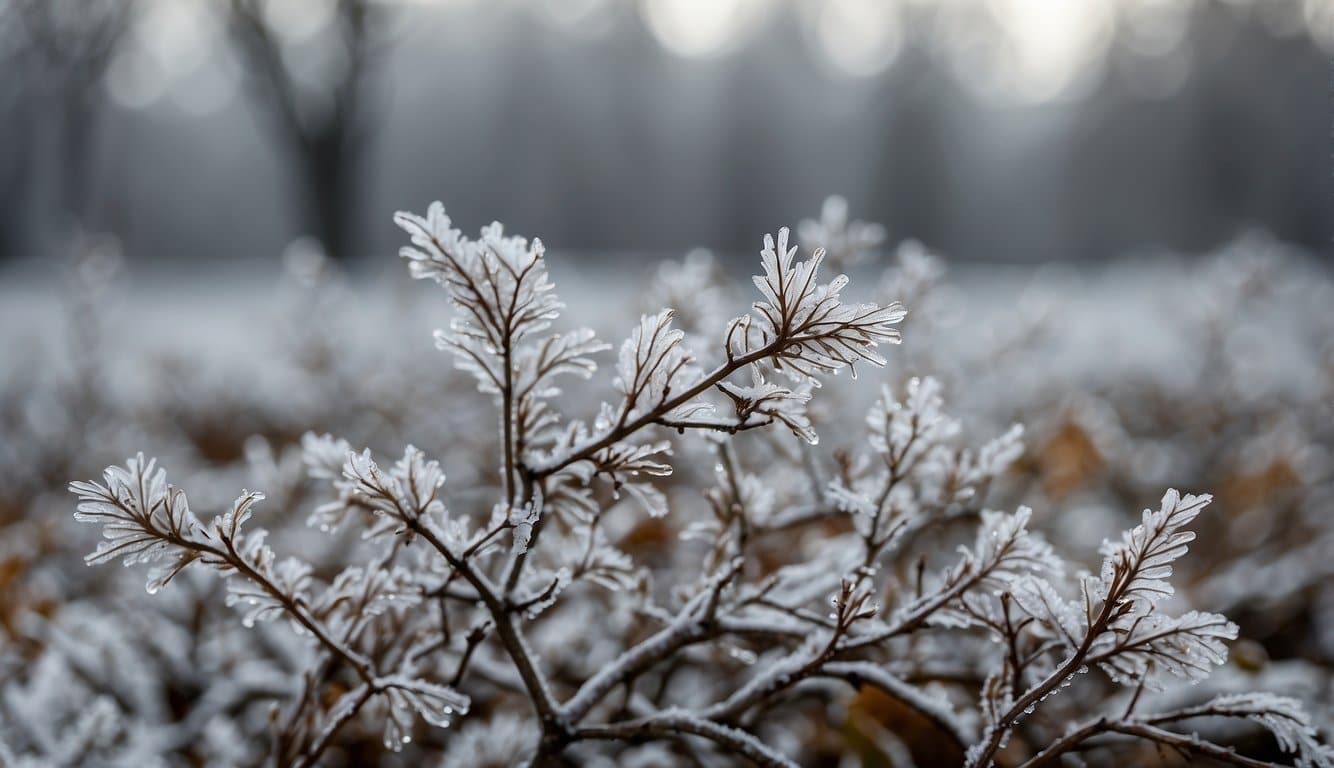Staying ahead of winter is vital to the health of your Garden. Given the state’s varied climate, the timing for these tasks can vary slightly depending on whether you are in northern, central, or southern Illinois.
However, a general guideline can help you plan appropriately. Here’s a prep list broken down into tasks and ideal timing:
Late Summer to Early Fall (Late August to September)
Lawn Care
- Aeration and Overseeding: Aerate your lawn to improve oxygen, water, and nutrient flow to the roots. Overseed to fill in bare spots and thicken your lawn. Early fall is perfect as the soil is still warm, encouraging seed germination, but the temperatures are cooler.
Garden Care
- Plant Bulbs: Plant spring-flowering bulbs such as tulips and daffodils before the first frost.
- Perennial Care: Divide overgrown perennials to promote healthy growth and plant new perennials.
General Maintenance
- Soil Testing: Test your soil to determine if any amendments are needed for the next growing season.
Mid to Late Fall (October to November)
Lawn Care
- Fertilization: Apply a winter fertilizer to help your grass withstand the winter and green up faster in the spring.
- Final Mowing: Lower your mower’s blade for the last cut of the season to prevent snow mold from forming.
Garden Care
- Mulching: Apply a thick layer of mulch around perennials, shrubs, and trees to protect roots from freezing temperatures and retain moisture.
- Winter Protection: Wrap sensitive shrubs and young trees with burlap to protect them from winter wind and salt damage.
General Maintenance
- Gutter Cleaning: Clean your gutters and downspouts to prevent ice dams and ensure proper drainage.
- Equipment Maintenance: Clean and store garden tools and equipment. Drain and store hoses and shut off exterior faucets to prevent freezing.
Early Winter (December)
All Areas
- Monitoring and Watering: Keep an eye on the weather. Water plants, trees, and shrubs if the fall has been dry to ensure they enter winter well-hydrated.
- Rodent Protection: Wrap tree trunks with guards to protect them from rodents and other pests that might chew on the bark over winter.
Dates to Remember
- First Frost Date: In northern Illinois, expect the first frost around October 1st; in central Illinois, around October 15th; and in southern Illinois, around October 30th.
- Soil Freezes: Soil typically freezes in late November to early December, so complete any soil amendments or planting before then.
This timeline serves as a general guide. Keep an eye on the local weather forecast, as conditions can vary each year, requiring adjustments to your lawn and garden prep schedule.
Illinois’s Winter Climate: 101
When preparing your garden for winter in Illinois, it’s vital to recognize the diverse winter conditions across the state. Your approach to garden care will significantly depend on your specific locale due to varying climates.
Northern Illinois: You’ll encounter a cool-temperate climate, with temperatures that can dip well below freezing. Expect snowfall and freezing temperatures that may persist from November through March.
Typical Northern Illinois Winter:
- Average Low Temperatures: 10°F to 20°F
- Snowfall: Moderate to heavy
Central Illinois: This region serves as a transition zone with milder winters compared to the north, yet it can still experience considerable cold and snow.
Central Illinois Winter Snapshot:
- Average Low Temperatures: 15°F to 25°F
- Snowfall: Moderate
Southern Illinois: Here, winters are generally milder with a humid subtropical influence. Snow is less frequent, and temperatures are relatively warmer, though still cold enough to affect your garden.
A Glance at Southern Illinois Winter:
- Average Low Temperatures: 20°F to 30°F
- Snowfall: Light
Precipitation: Across the state, winter dry spells can occur; hence, it is important to keep an eye on soil moisture levels.
Wind: Illinois winds can be brisk during winter, contributing to wind chill factors that impact how plants experience cold.
Planning and Cleaning
As winter approaches, careful preparation can ensure your Illinois garden remains robust and ready for the spring revival. Focus on evaluating the current garden state and performing essential maintenance.
Garden Evaluation
Inspect your garden collectively to determine what worked well in the current season and identify areas for improvement.
- Assess plant health: Look for plants that thrived and those that struggled, making notes for next year’s planting.
- Note garden layout changes: Consider sun exposure, drainage, and plant compatibility for any layout alterations.
- Document pest problems: Record any pest infestations or diseases to plan preventative measures for the following year.
Cleaning and Maintenance
Keeping your garden tools and space clean is crucial. It prevents the spread of disease and ensures that your tools remain functional and safe to use.
- Tool Care:
- Clean off soil from spades, trowels, and other tools.
- Sharpen blades to ensure efficient usage next season.
- Oil moving parts to prevent rust over the damp winter months.
- Garden Clean-Up:
- Remove plant debris to reduce overwintering pests and diseases.
- Sterilize terracotta pots using a solution with 1 part bleach to 10 parts water, rinse and dry them thoroughly.
- Organize your garden shed to make spring planting smooth and efficient.
Plant Protection
In preparing your garden for the Illinois winter, two key practices will safeguard your plants: proper mulching for soil insulation and employing protective measures for vulnerable plants.
Mulching and Insulation
Mulch acts as a blanket for your garden’s soil and root systems, significantly reducing the risk of freeze-thaw cycles that can damage plant roots. For effective mulching, follow these steps:
- Depth: Apply a 2 to 3-inch layer of shredded bark or other suitable mulch.
- Coverage: Spread mulch evenly over the entire root zone of your plants, without piling it against the stems or trunks.
- Moisture Retention: Ensure the mulch covers soil to a depth where it will retain moisture, typically 6 to 8 inches deep for most feeder roots.
Wrapping and Sheltering
Certain plants, especially young or less hardy species, may need extra protection in the form of wrapping and sheltering.
- Burlap Wraps: Wrap delicate shrubs or young trees with burlap to shield them from the harsh wind and heavy snow.
- Structural Shelters: Create or purchase structures, such as snow fences or windbreaks, to reduce wind exposure and prevent plant breakage.
- Avoid Plastic: Whilst it might seem protective, avoid wrapping plants in plastic, as it can trap moisture and lead to disease.
Soil Preparation
Before winter’s chill sets in, preparing your garden’s soil is essential for the health of next year’s plants. Illinois winters can be harsh, and your soil needs care to ensure it rebounds come spring.
Begin by cleaning up your garden beds. Remove weeds, spent annuals, and any diseased plants to prevent pests and diseases from overwintering in the soil.
Steps for Preparing Soil:
- Clean Up: Clear your garden of plant debris and other materials that can harbor pests.
- Test Soil: Conduct a soil test to determine pH and nutrient needs.
- Amend Soil: Based on the soil test, add necessary amendments. For acidic soil, incorporate lime; for alkaline soil, add sulfur or peat moss.
- Add Organic Matter:
- Compost: A 2-4 inch layer of compost enriches the soil.
- Manure: Well-aged manure improves soil structure.
- Leaves: Shredded leaves act as a natural mulch and soil conditioner.
- Till the Soil: If needed, gently till the soil to incorporate amendments. This also helps to break up heavy clay soil.
Mulching:
- Purpose: Mulch protects soil from compaction and erosion.
- Materials: Use straw, shredded leaves, or bark chips.
- Thickness: Apply a 3-4 inch layer of mulch over your garden beds.
Finalizing Winter Preparations
As winter approaches, ensuring your garden’s resilience is crucial. Your irrigation system and garden tools require specific care to avoid damage from freezing temperatures.
Irrigation System Care
Draining the System: Before the first freeze, it’s imperative to drain your irrigation system. Any water remaining in the pipes can freeze, expand, and cause the pipes to burst. Follow these steps:
- Shut off the water supply to the irrigation system.
- Open all drain valves and remove any drain caps.
- Activate each zone from the controller and let it run until the last drop of water is blown out.
- Insulate above-ground components like backflow preventers and valves.
Garden Tool Maintenance
Cleaning and Storing: Don’t let neglect cause your tools to rust and degrade. Conduct a thorough inspection and cleaning before storing them for winter.
- Clean dirt and debris off your tools with soapy water; rinse and dry thoroughly.
- Sharpen the blades of cutting tools to ensure they’re ready for spring.
- For hand tools: use a flat file or whetstone.
- For larger blades: seek professional sharpening if necessary.
- Apply oil to metal surfaces to prevent rust.
- Store tools in a dry place—hanging them can prevent moisture accumulation and further deter rust.
Frequently Asked Questions
Winterizing your garden in Illinois requires careful focus on timing and appropriate steps to protect plants and soil. This section addresses common concerns with practical guidance for the chilly months ahead.
What tasks should I prioritize to winterize my garden in Illinois?
You should start by cleaning and sharpening your tools, organizing your shed, and sterilizing pots and planters. Prune dead or damaged branches from perennials, leaving about 2-4 inches above the ground to encourage spring growth. Mulching is also essential to protect root zones from temperature extremes.
When is the ideal time to begin preparing a garden in Illinois for winter?
Begin your winter preparations before the first frost, typically in late fall. This includes cleaning tools, applying mulch, and wrapping young trees to protect them from cold damage.
Which plants are best suited for planting in Illinois before the winter season?
Plants best suited for pre-winter planting in Illinois include cold-hardy perennials, bulbs like tulips and daffodils, and trees and shrubs that would benefit from settling in before the ground freezes.
How can I protect my perennials during the Illinois winter?
Cut back dead foliage and branches on your perennials. Then, mulch around the base with a 2-3 inch layer of shredded bark to insulate roots. Avoid piling it against the plant stems to reduce the risk of rot.
What are the essential steps for soil preparation before winter in Illinois?
To prepare soil for winter, remove all weeds and debris, and add compost or other organic matter to enrich the soil. Giving enough water to moisten the soil to a depth of 6 to 8 inches can also help to maintain root hydration.
What winter gardening practices are recommended by the Chicago Botanic Garden?
The Chicago Botanic Garden recommends spreading a fresh layer of mulch. Pull it a few inches away from tree trunks to protect the root zone and preserve soil moisture throughout the winter season.



